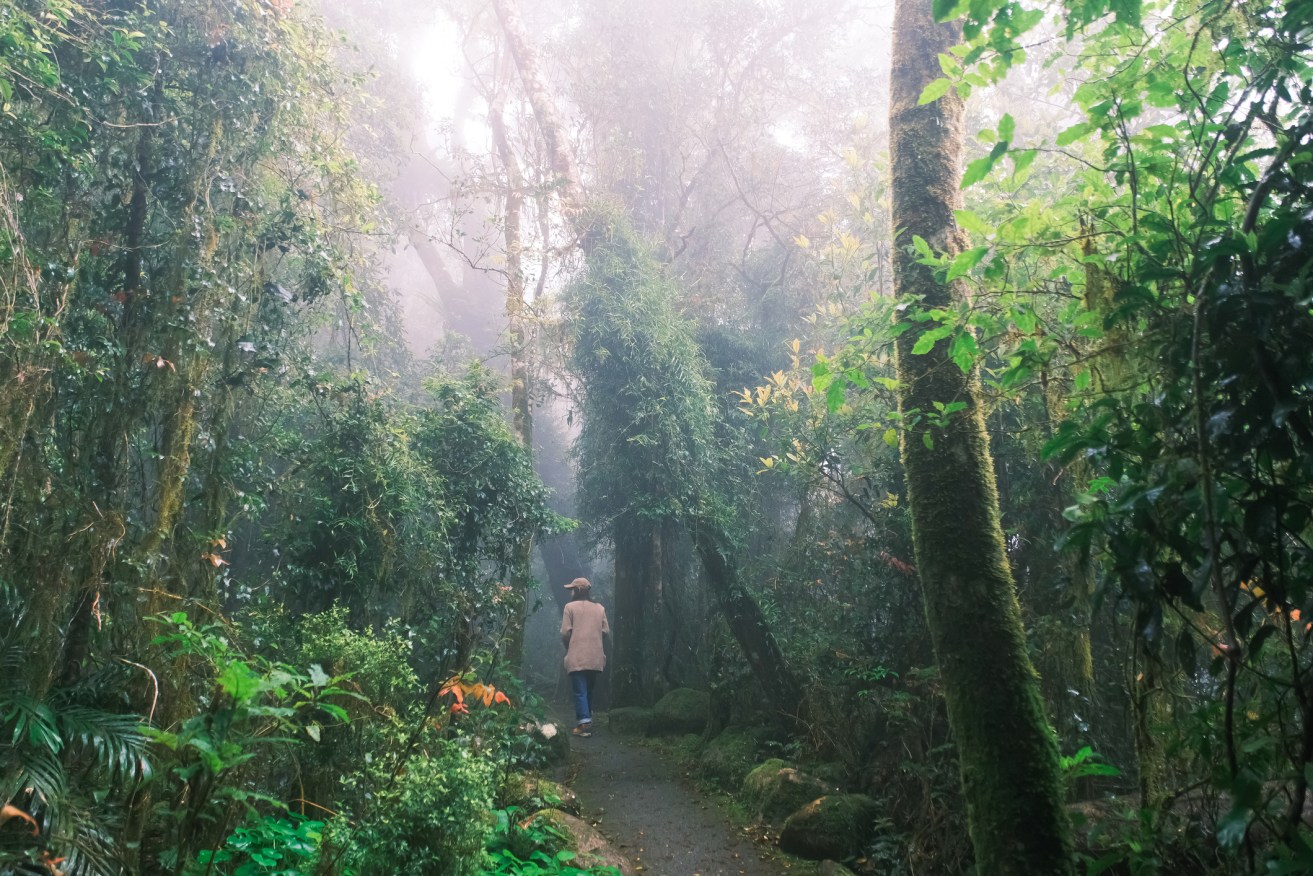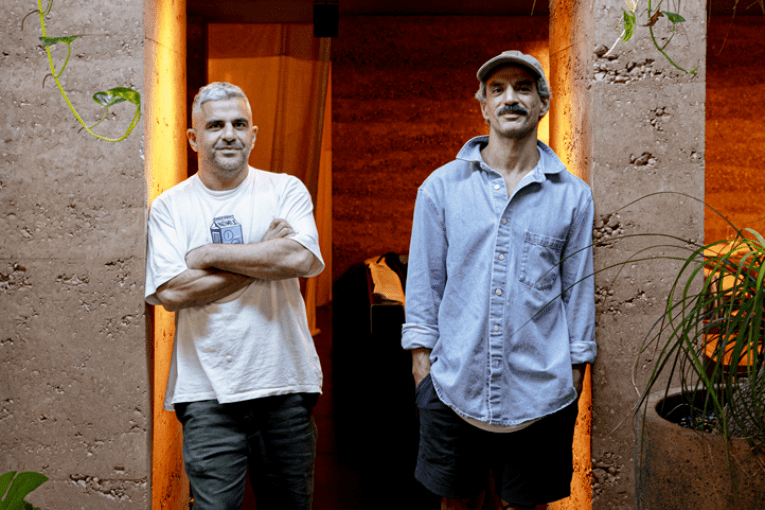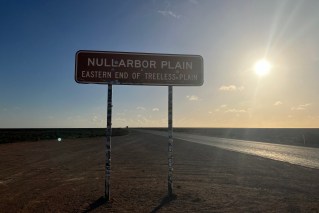How Queensland’s tropical rainforest is proving to be a high value medicine cabinet
Scientists are unlocking a vast medicine cabinet in Queensland’s rainforest with major breakthroughs in the treatment of disease.


A lady is exploring the mist and forest of Springbrook, Queensland, Australia
Griffith University is the latest example. It found a product derived from a Queensland rainforest tree could hold the answer to the treatment of silicosis, a life-threatening lung disease.
The university’s NatureBank, which now holds 30,000 natural biota samples, provides researchers around the world with Australian-derived natural compounds and in the latest instance it was able to provide Metro North Health’s research team with the natural compounds that were then tested in treating silicosis.
Associate Professor Rohan Davis said one of the compounds isolated and supplied by NatureBank from the roots of a rainforest tree native to Queensland had shown promise.
Metro North Health Director of Research and Lung Transplant Specialist Professor Dan Chambers said there was currently no cure for lung fibrosis but a huge demand.
Another example was UQ’s breakthrough in breeding deadly cone snails in captivity to provide research to help uncover a potential treasure trove of new venoms for drug development.
Professor Richard Lewis, Dr Aymeric Rogalski and Dr Himaya Siddhihalu Wickrama Hewage from UQ’s Institute for Molecular Bioscience study venoms as therapeutics, and discovered crucial differences across the lifecycle of the cone snail.
“This is a rich and unexplored group of molecules that we can now examine as potential leads for drugs,” Lewis said.
“A lot of our success with venom molecules has been in developing pain medications, but depending on the pharmacology we’ll see if it has therapeutic potential for any of the disease classes.”
However, it’s only the latest in a host of breakthroughs using Queensland’s rich medicine cabinet.
UQ researchers have shown Australian tobacco plants could be used as biofactories to manufacture medicines on a large scale.
Professor David Craik said the research was using the natural ability of plants to produce cyclotides – strings of amino acids in a circular shape – which makes them stable and suitable as oral drugs.
“Using modern molecular biology techniques, we can effectively instruct the plant cell to produce the molecule of interest,” Craik said recently.
“The wild tobacco leaves are then harvested, freeze-dried and the molecule is processed to be turned into oral medication.”
Another extraordinary finding was that the venom from a Funnel Web spider found on K’Gari produced a novel peptide that protects the brain even when administered up to eight hours after stroke.
More than a decade ago a survey of the Paluma rainforest was carried out and plant extracts were screened for cytotoxic, antibacterial, antifungal, and antiviral activity, as well as brine shrimp lethality. Of these, 27 extracts exhibited remarkable cytotoxic activity, 23 showed antimicrobial activity, and 7 showed promising antiviral activity. It found 53 of the plant species examined showed marked bioactivity in one or more bioassays; a “hit rate” of 59 per cent.
Scientists have also have managed to destroy cancerous tumours by using an experimental drug derived from the seeds of a fruit from the blushwood tree, which is found only in specific areas of the Atherton Tablelands.
The research found that testing of the drug into melanoma models and into animal cancers destroyed the tumours long-term in more than 70 per cent of cases.
The US National Library of Medicine last year reported that in a review, it found that 135 medicinal plants native to Queensland were used for treating 62 different diseases, especially skin infections.
“Since these medicinal plants are also used as bush food and are rarely studied using the Western scientific protocols, there is a huge potential for bioprospecting and bush food industry,” it said.
Native foods also have a significant commercial value.
The State Government announced today that three First Nation companies had been given backing to develop their native food products for a commercial market estimated to be worth $50 million.
Partnerships with FIGJAM and Co, Yaala Sparkling and Beechtree Distilling Co were now underway.
The businesses would receive targeted support from researchers including consumer-led formulation development, process development and practical scale up, packaging selection, end product shelf-life assessment and validation, and consumer and sensory assessment.












